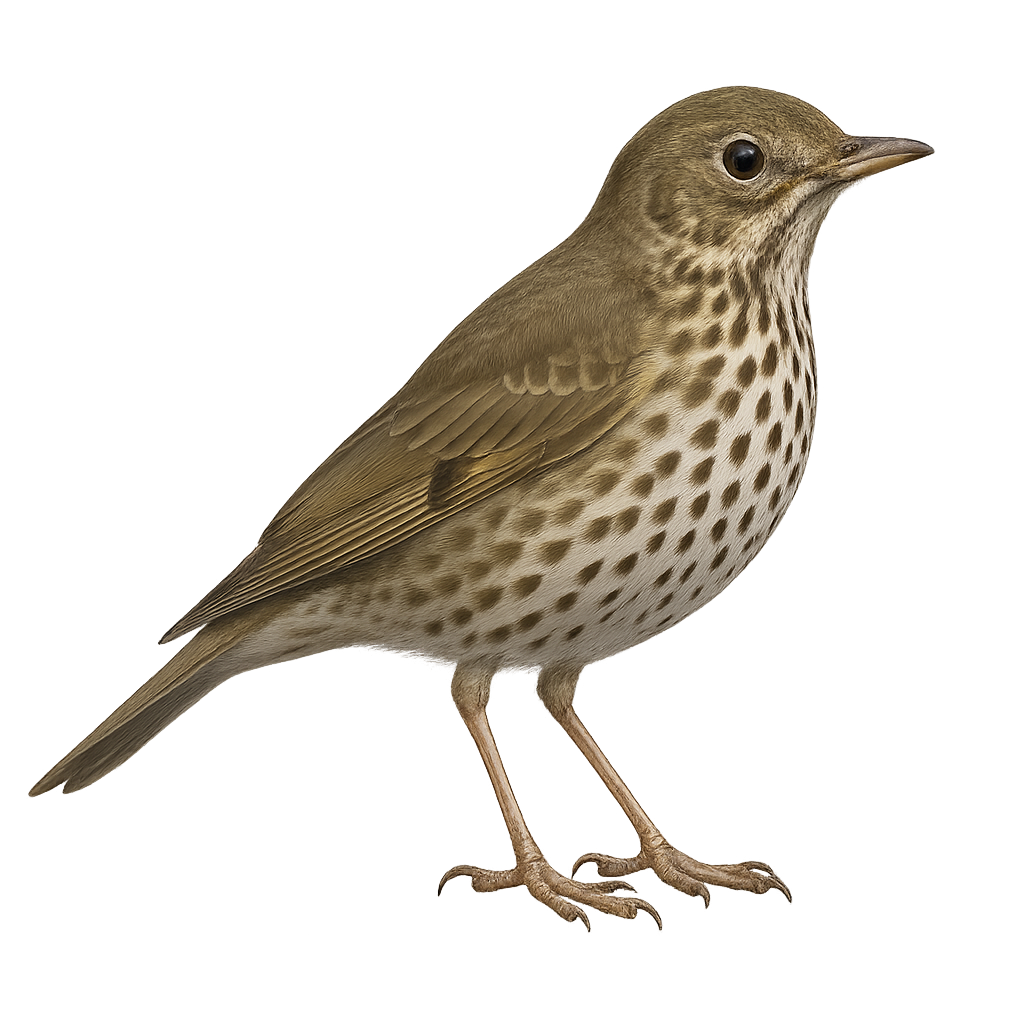Your wildlife photography guide.
Explore the song thrush in detail, study its behavior, prepare your shots.
Where to observe and photograph the song thrush in the wild
Learn where and when to spot the song thrush in the wild, how to identify the species based on distinctive features, and what natural environments it inhabits. The WildlifePhotographer app offers tailored photography tips that reflect the song thrush’s behavior, helping you capture better wildlife images. Explore the full species profile for key information including description, habitat, active periods, and approach techniques.
Song thrush
Scientific name: Turdus philomelos

IUCN Status: Least Concern
Family: TURDIDAE
Group: Birds
Sensitivity to human approach: Suspicious
Minimum approach distance: 20 m
Courtship display: March to June
Incubation: 11-15 jours
Hatchings: March to July
Habitat:
Forests, hedgerows, gardens
Activity period :
Primarily active during the day, with peak activity in the morning and late afternoon.
Identification and description:
The song thrush is a passerine bird found primarily in forests, hedgerows, and gardens across Europe, Asia, and North Africa. It is easily recognizable by its spotted plumage on the chest and belly, and its olive-brown back. This bird primarily feeds on earthworms, insects, and berries, and is particularly known for its powerful and melodious song, which varies depending on its location and the breeding season.
Recommended lens:
500 mm – adjust based on distance, desired framing (portrait or habitat), and approach conditions.
Photography tips:
Photograph the song thrush using a telephoto lens to capture the details of its plumage and behavior, especially when it sings from a perch or in the vegetation. It is best to photograph early in the morning or late in the afternoon when the light is soft and the bird is more active. Be ready to capture moments when the thrush emits its melodious song.
The WildlifePhotographer App is coming soon!
Be the first to explore the best nature spots, track rutting seasons, log your observations, and observe more wildlife.
Already 1 431 wildlife lovers subscribed worldwide

